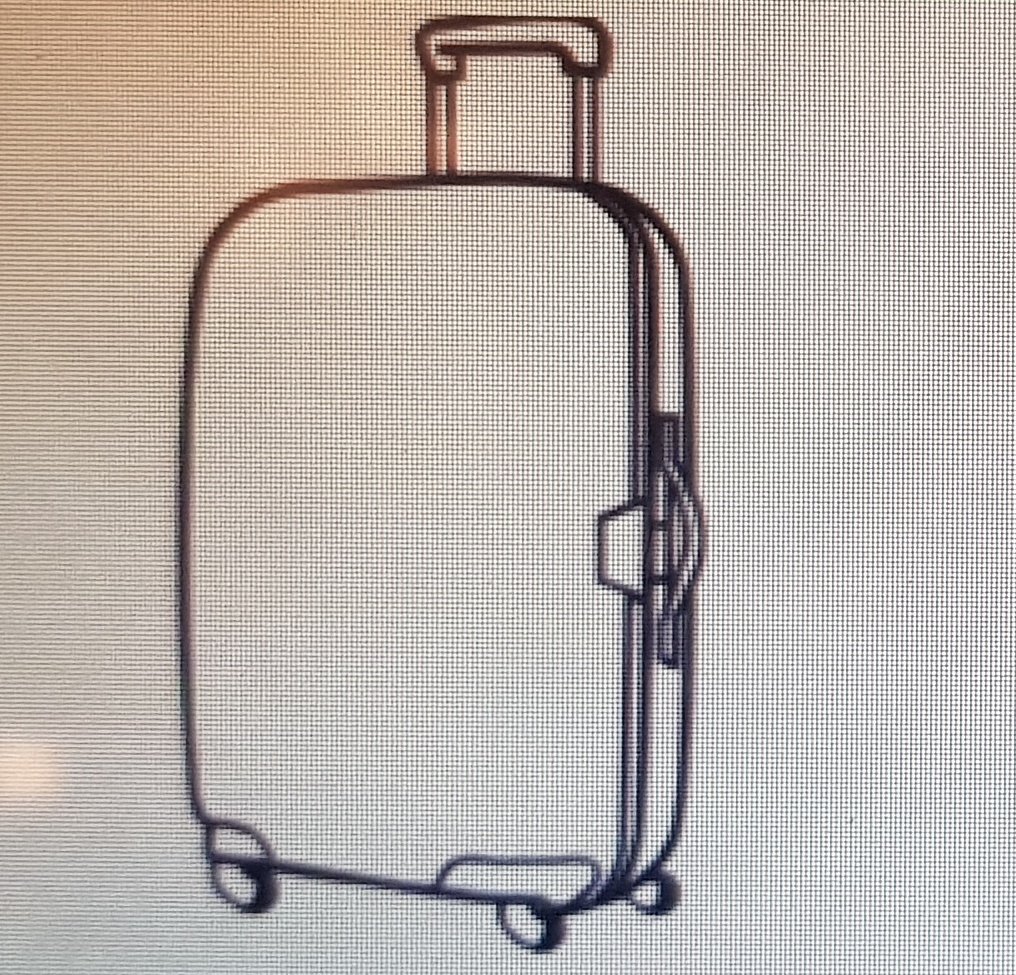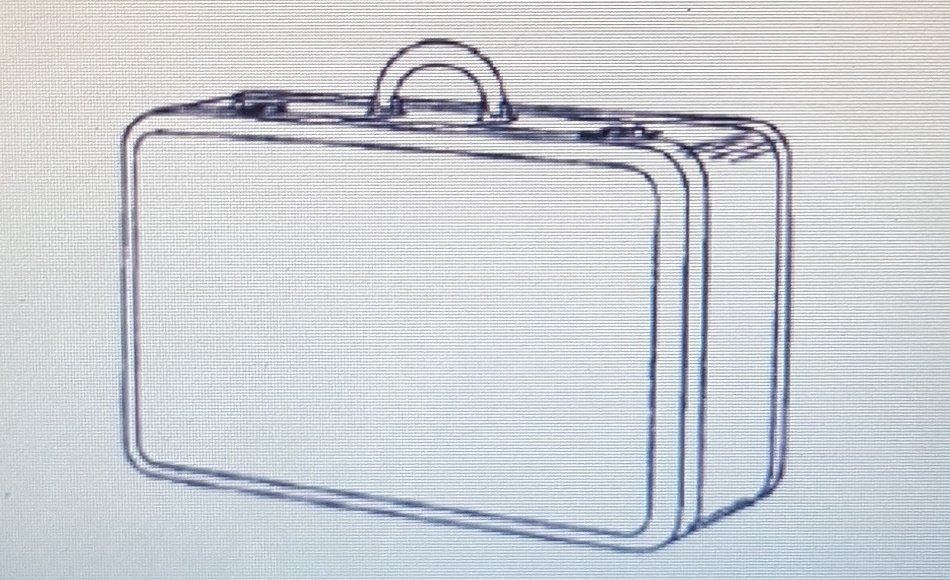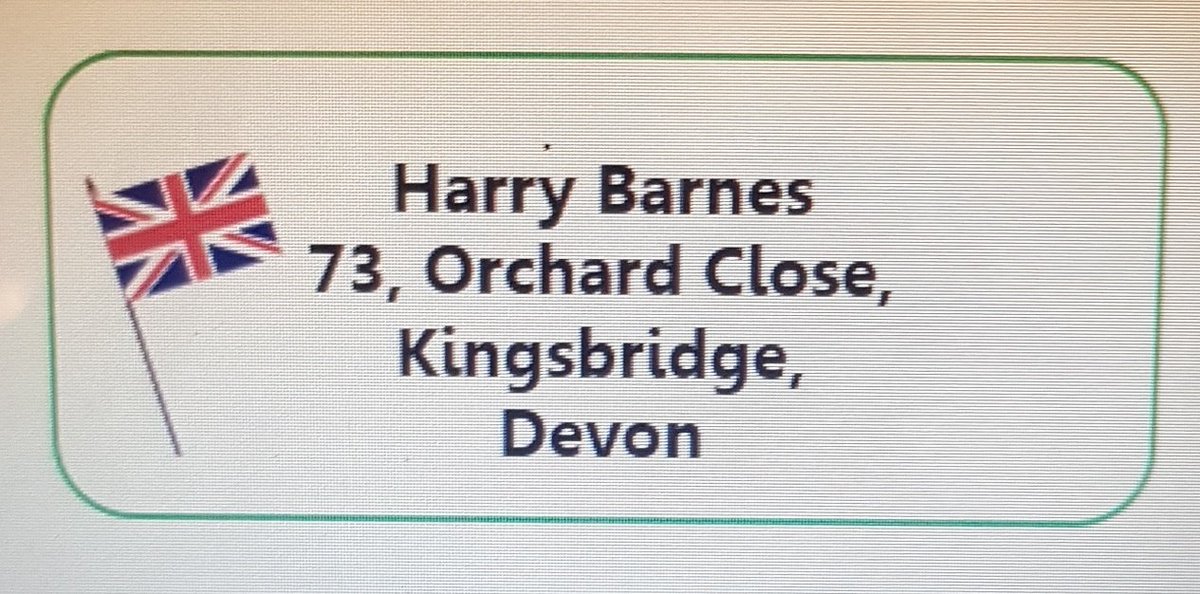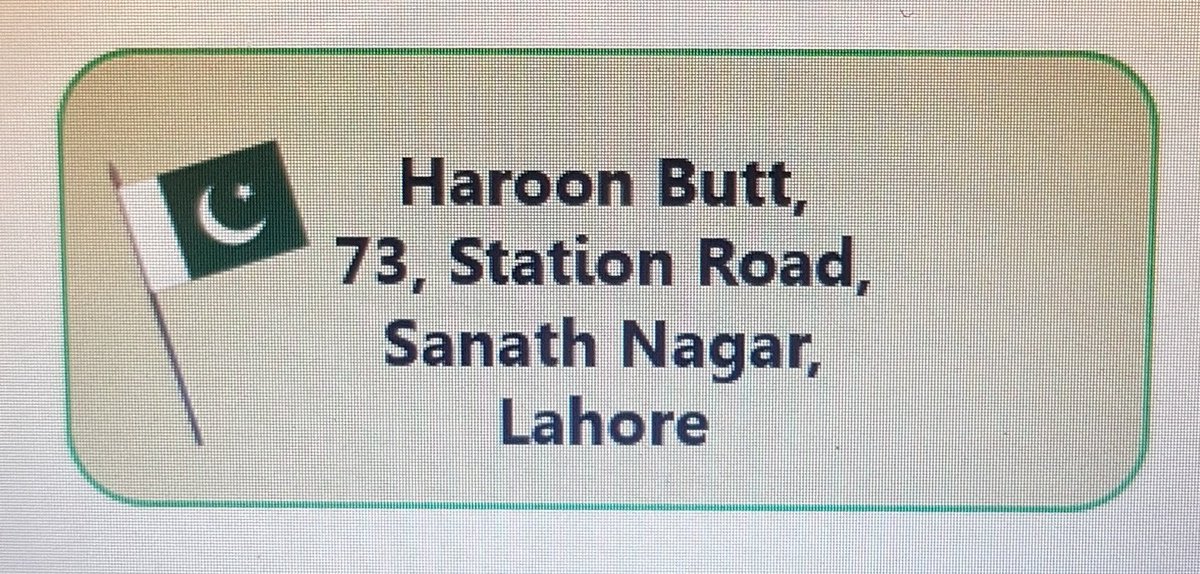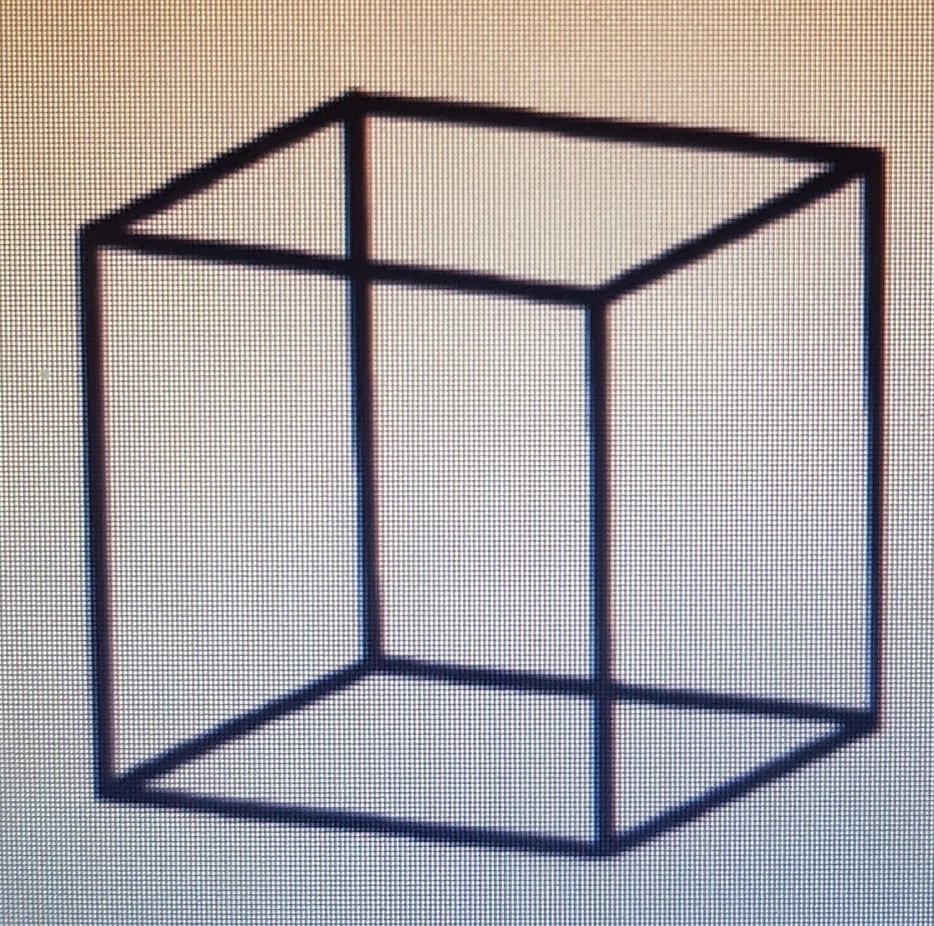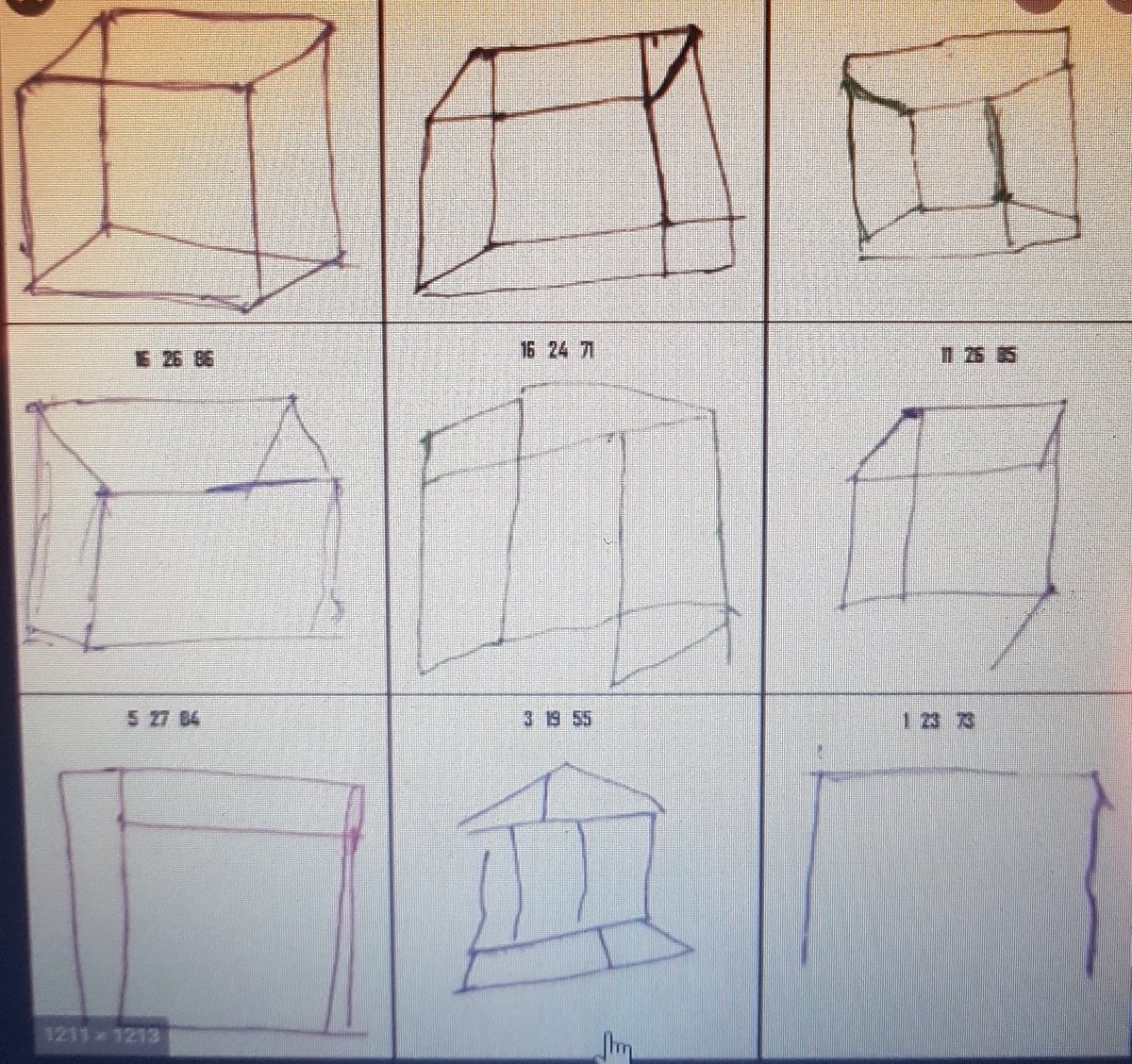Hey! My name is Nadine Mirza & I& #39;m taking part in the #GlobalScienceShow!
Culture & language effects performance on tests-especially #cognitivetests. This thread shows how deep the effects are & how to make tweaks to fix them!
#ScienceFromHome #DOMEProject
Next up @cm_manasvi
Culture & language effects performance on tests-especially #cognitivetests. This thread shows how deep the effects are & how to make tweaks to fix them!
#ScienceFromHome #DOMEProject
Next up @cm_manasvi
Now this thread...
#Cognitivetests (used to screen for and diagnose dementia) were originally designed for English speaking and Caucasian populations specific to Europe. This means people of colour and ethnic minorities in Western countries are disadvantaged.
#demchat #BMEchat
#Cognitivetests (used to screen for and diagnose dementia) were originally designed for English speaking and Caucasian populations specific to Europe. This means people of colour and ethnic minorities in Western countries are disadvantaged.
#demchat #BMEchat
When a #cognitivetest doesn& #39;t match a person& #39;s language or cultural background they& #39;re more likely to be misdiagnosed with dementia or their dementia isn& #39;t picked up on.
#demchat
#BMEchat
#demchat
#BMEchat
A common solution is to just translate the whole test from English to whatever language the person speaks. This isn& #39;t great for 2 reasons. Wanna comment your guesses?
Reason 1: The translations can be very poor. This is because some words don& #39;t exist in other languages or a word could have multiple meanings!
Eg: For the question "What season is it?" it& #39;s hard to translate to Urdu because the word for season is also the word for weather
Eg: For the question "What season is it?" it& #39;s hard to translate to Urdu because the word for season is also the word for weather
Reason 2: Just because you changed the language doesn& #39;t mean you changed the culture eg. Cultural names, general and historical knowledge, education levels.etc.
That means we need to culturally adapt tests: match them for a person& #39;s culture without making them too easy or ruining the concepts the questions were assessing. They should be *understandable* and *acceptable*.
Here are some examples!!!
Here are some examples!!!
Let& #39;s start with an easy one- a language task. In this question you& #39;re supposed to look at the picture and name what it is - a harp. How do you think we could adapt it for South Asians? What image would you put?
For South Asians it would make sense to pick an image that is both significant and familiar to South Asians but also an instrument - like a dohl!!!  https://abs.twimg.com/emoji/v2/... draggable="false" alt="🎶" title="Mehrere Musiknoten" aria-label="Emoji: Mehrere Musiknoten">
https://abs.twimg.com/emoji/v2/... draggable="false" alt="🎶" title="Mehrere Musiknoten" aria-label="Emoji: Mehrere Musiknoten">
Here& #39;s another example of this task where the image of a kangaroo was adapted for different cultures while keeping a theme. Theres a panda (China Mandarin), a camel (Egyptian Arabic) and a goat (India Hindi).
Can you guess the theme?
Can you guess the theme?
Here& #39;s a curious one where a suitcase from an English test was changed for Pakistan to...another suitcase! But instead of a wheelie one it was changed to a hand held one because that& #39;s more recognisable to the public of Pakistan- some of whom have never seen a wheelie suitcase.
Let& #39;s look at another easy task for attention. Instead of all tests asking which "county" or "state" you& #39;re in remember that some places don& #39;t have those! Eg. In Pakistan you& #39;d ask "Which province are we in?"
Here& #39;s a memory task- memorise the name and address. You might think we just need to pick a new name and address from the person& #39;s background. But is that enough? What else would you have to consider? (Comment!)
You need to make sure the new name and address have the same no. of syllables as the old ones and are as commonly known in the target group as the English versions are known in their group. For an Urdu version we came up with this:
Let& #39;s up the game- how can we adapt a fluency task which asks you to name as many words as you can starting with the letter P in one minute? What ideas do you guys have?
Some stick to P or whatever letter makes the P sound in their language-but this isn& #39;t accurate for what the task is testing. Sometimes the language doesn& #39;t have the P sound! To properly adapt you need to know how many words begin with P in English- this is its frequency. Then...
...you need to find a letter in your target language that has the same frequency in the population you& #39;re testing. How can you do this? How can you know how prevalent words starting with that letter are or are not?
You check the dictionary!!! This is a really popular way to measure frequency. Hypothetically, if there are 100 words starting with the letter P in English you need to find a letter in your target language that has around 100 words too.
Now the toughest tasks to adapt- I find- are those that assess visuospatial abilities. There& #39;s no *obvious* cultural differences but it can be tricky. Like this task- drawing the picture you see. It might seem like no matter what your background is copying a basic image is easy.
It& #39;s just a bunch of lines, right? But what about education that gives you skills to imagine how 3D objects are drawn. Understanding perspective? How if something is drawn further away it gets smaller? How it& #39;s easier to draw a cube as a whole than as a bunch of individual lines?
Because people may not have learnt how to imagine and draw 3D objects their drawing could look exactly like what someone with #dementia might draw if their visuospatial abilities are damaged. Like this:
I hope this thread taught you a bit about how delicate #cognitivetests can be and how despite this we can still adapt them with a bit of effort and cultural knowledge.
I& #39;ve written about this kind of stuff if you& #39;re interested:
https://bmjopen.bmj.com/content/8/12/e021057
https://bmjopen.bmj.com/content/8... href=" https://www.researchsquare.com/article/rs-15803/v1">https://www.researchsquare.com/article/r...
I& #39;ve written about this kind of stuff if you& #39;re interested:
https://bmjopen.bmj.com/content/8/12/e021057
I& #39;d love to hear what you guys thought about this. Please comment away any questions or discussion points- I always appreciate a good chat!
And enjoy the rest of the #GlobalScienceShow!!!
#DOMEProject #demchat #BMEchat #cognitivetests
And enjoy the rest of the #GlobalScienceShow!!!
#DOMEProject #demchat #BMEchat #cognitivetests
Just want to shout out that this work was conducted through @PrimaryCareMcr at @OfficialUoM and is currently supported by @The_MRC
@FBMH_DocAcad
@UoM_MRC_DTP
@FBMH_DocAcad
@UoM_MRC_DTP

 Read on Twitter
Read on Twitter
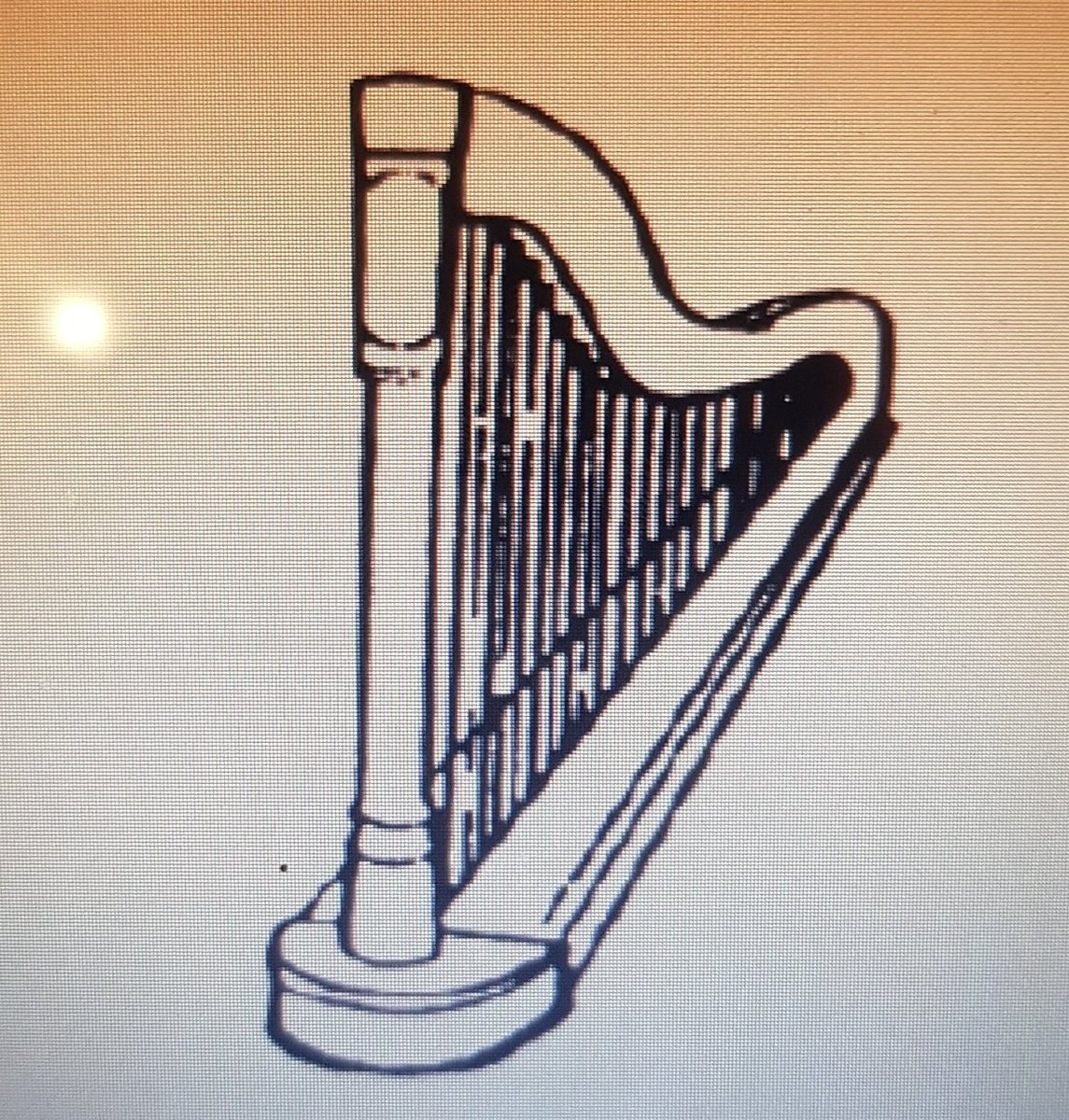
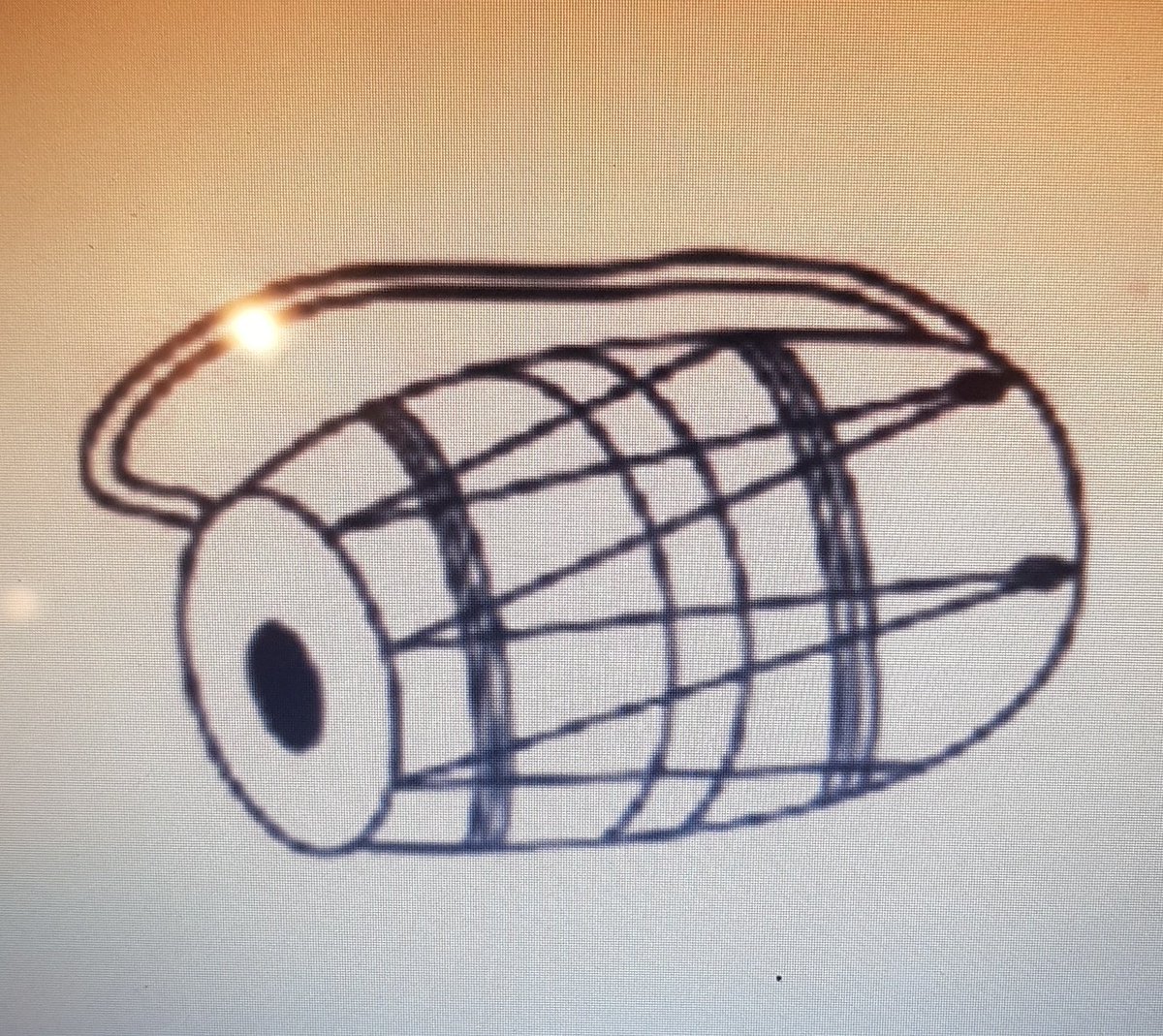 " title="For South Asians it would make sense to pick an image that is both significant and familiar to South Asians but also an instrument - like a dohl!!! https://abs.twimg.com/emoji/v2/... draggable="false" alt="🎶" title="Mehrere Musiknoten" aria-label="Emoji: Mehrere Musiknoten">" class="img-responsive" style="max-width:100%;"/>
" title="For South Asians it would make sense to pick an image that is both significant and familiar to South Asians but also an instrument - like a dohl!!! https://abs.twimg.com/emoji/v2/... draggable="false" alt="🎶" title="Mehrere Musiknoten" aria-label="Emoji: Mehrere Musiknoten">" class="img-responsive" style="max-width:100%;"/>
